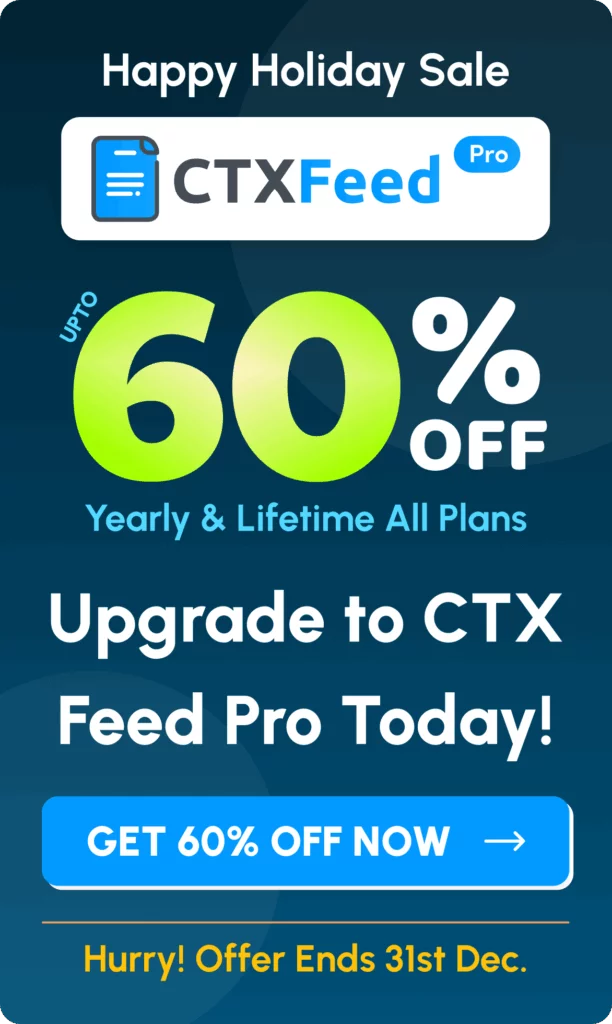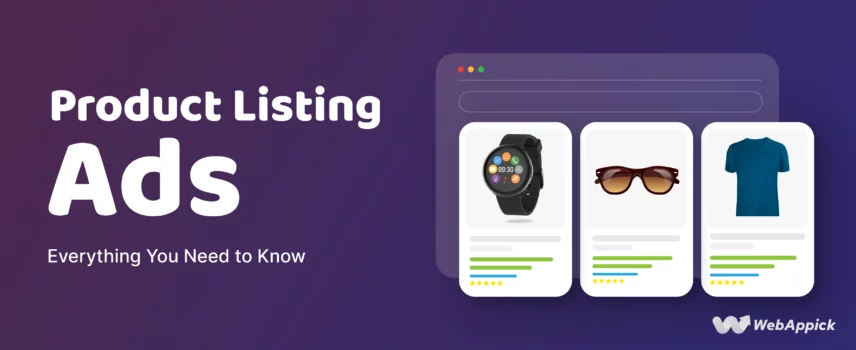
Product Listing Ads: Everything You Need to Know
Product Listing Ads (PLAs) act as the visual storefront of the online world. In the competitive landscape of eCommerce, getting your products noticed can be a daunting challenge. PLAs can help you overcome this by capturing more attention, driving qualified traffic, and boosting sales.
Product Listing Ads dominate the retail search landscape as they are behind a whopping 76% of retail search ad spending. They command a staggering 85% of all clicks on Google Shopping campaigns, making them the go-to advertising format for businesses looking to maximize their online visibility and sales.
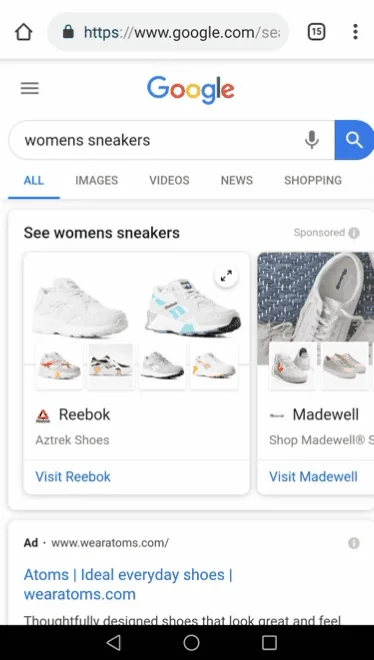
Whether you’re a seasoned marketer or new to digital advertising, understanding how PLAs work and how to optimize them can significantly boost your online visibility and sales.
In this comprehensive guide, we’ll dive deep into everything you need to know, from how to set up product listing ads to PLA optimization, ensuring you’re well-equipped to leverage their full potential and stay ahead of the competition.
Our purpose today is to empower you with the knowledge of how and why you need to get started with Product Listing Ads.
We’ll also share some advanced tips to help you get the most out of your Google Shopping campaigns. So, get ready to unlock the full potential of your optimized product listings through PLAs.
What Is a Product Listing Ad Anyway?
So, what are product listing ads?
Simply put, Product Listing Ads (PLAs) are a type of online advertisement specifically designed to showcase individual products to potential buyers.
This visual format of advertising displays product images, prices, and store names directly within Search Engine Results Pages (SERPs).
The key difference between PLAs and text ads lies in their presentation. Unlike traditional text ads, PLAs offer a more engaging and informative shopping experience for users.
Text ads are simply lines of text, whereas PLAs showcase product visuals alongside detailed information. This visual appeal often leads to higher click-through rates and increased conversions.
Here’s how a PLA looks in comparison to standard text ads:

Typically, a listing ad includes:
- Product Images: Catches the shopper’s eye and provides a visual reference.
- Product Titles: Brief, descriptive titles that give a clear idea of the product.
- Prices: Transparent pricing and offers that helps consumers compare products quickly.
- Store/Brand Names: Builds brand awareness by showing the retailer’s name.
- Product Ratings: The social proof of how much trustworthy the product is.
This format makes it easier for consumers to quickly identify and compare products, leading to more informed purchasing decisions.
As a result, PLAs can significantly boost brand awareness, drive traffic to your online store, and ultimately, increase sales.
But why are PLAs so important, right?
In a word, PLAs bridge the gap between search intent and product discovery. When users search for a specific product, PLAs provide an immediate and visually appealing way to showcase relevant items. PLAs can help your online business get:
- Higher Visibility: PLAs often appear at the top of search results, making them highly visible to potential buyers.
- Increased Click-Through Rates (CTR): The visual nature of PLAs tends to draw more clicks compared to standard text ads.
- Better Conversion Rates: Since PLAs provide detailed product information upfront, the clicks they generate are often from more qualified leads who are further along in the buying process.
But where can you use PLAs to make your WooCommerce products and store more visible?
The 1st place to look for is Google SERP listings. There, you’ll notice Google Shopping Ads. They are the most well-known type of PLAs. They appear at the top of Google search results and within the Google Shopping tab, providing users with a visually rich shopping experience.
For example, a search for “running shoes” will display a carousel of product images from various retailers, filled with prices, ratings, and store names.
Next comes Bing PLAs AKA Bing Product Ads. These ads appear on the Bing search engine and partner sites, featuring similar product information. While Bing’s market share is smaller than Google’s, it can still be a valuable channel for reaching a different segment of online shoppers.
Additionally, many large retailers and eCommerce sites partner with ad platforms to display PLAs on their websites, extending the reach of PLAs beyond traditional search engines.
Take Amazon for instance. While slightly different in format, Amazon PLAs AKA Amazon Sponsored Products share similarities with PLAs by displaying product information within their search results.
While Google or Bing PLAs are primarily focused on driving traffic to external websites, Amazon Product Ads aim to increase sales within the Amazon platform.
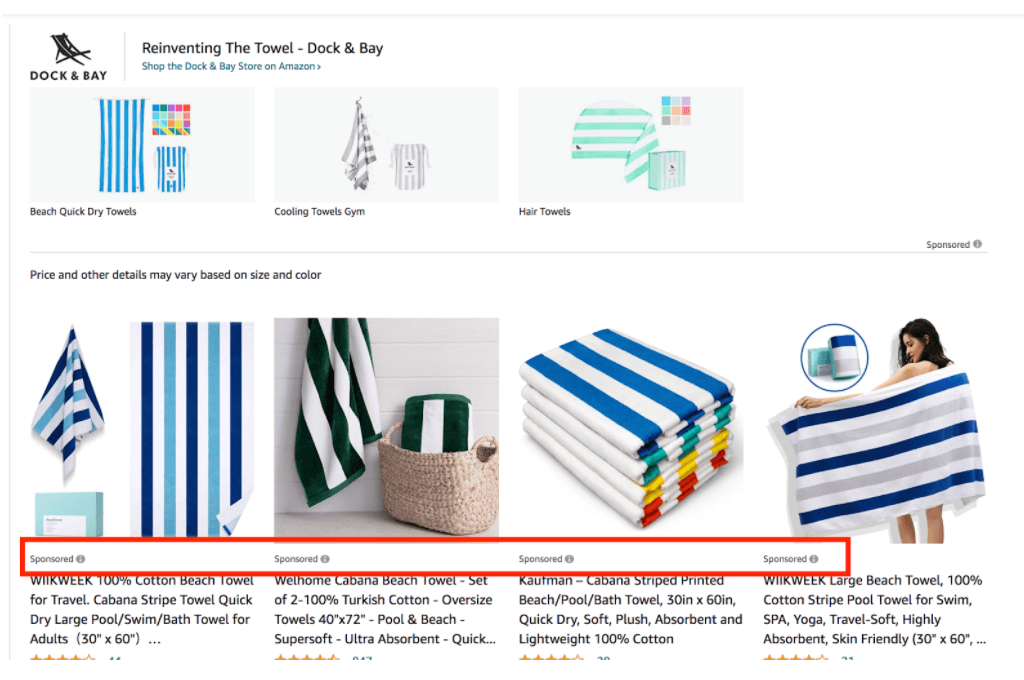
Lastly, social media is also a good place to find PLAs. Especially, platforms like Facebook, Pinterest, and Instagram support PLAs through their shopping ad formats.
These ads appear in users’ feeds and stories, showcasing products with images, prices, and direct links to purchase. This approach integrates shopping into the social media experience, tapping into users’ existing engagement with these platforms.
How Do Product Listing Ads Work
Now, let’s move onto how PLAs work.
Product Listing Ads, commonly referred as Shopping Ads (although they are not the same), are a powerful form of online advertising used by eCommerce businesses to promote their products.
PLAs operate on a data-driven system. This means that the information displayed in the ad is pulled directly from your product feed.
Here’s a detailed rundown on how PLAs work and how they enhance product visibility across different platforms.
- You create an account on Google Merchant Center or a similar platform like Microsoft Merchant Center. This account is where product data is uploaded and managed.
- You generate a product feed, which is a structured file containing all the necessary product information, such as titles, descriptions, prices, images, and availability. This feed needs to be regularly updated to reflect the current inventory.
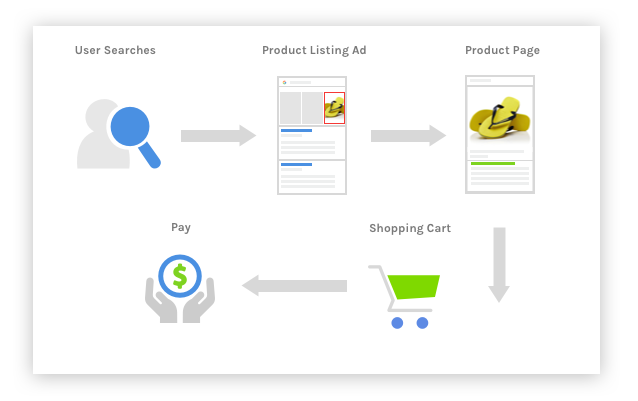
- You create various ad campaigns through platforms like Google Ads or Microsoft Advertising. These campaigns link to the product feed and allow advertisers to set budgets, target locations, and adjust bids.
- Once the campaign is set up, PLAs are automatically generated based on the product feed and displayed on search engine results pages (SERPs), Google Shopping, and partner sites when users search for relevant products.
- When a user searches for a product related to your offerings, your PLA may appear in the search results. The ad typically includes an image, title, price, and your store name.
- If the Ad is captivating enough, users will click on your PLA and will be directed to your product page. A conversion occurs when a user completes a purchase.
The key to successful PLA campaigns lies in leveraging the visual appeal, rich information, and strategic placement. If done right, PLAs can help your WooCommerce business significantly enhance product visibility and drive more sales across various online platforms.
But how?
Let’s find out in the next section.
How Product Listing Ads Help Your Online Business
Product Listing Ads (PLAs) offer numerous benefits for WooCommerce stores, making them an essential tool for boosting visibility, driving traffic, and increasing sales. When used strategically, PLAs can be a game-changer for your WooCommerce stores. Here’s how:
1. Enhances Product and Brand Visibility
PLAs typically appear at the top of search engine results pages (SERPs), often above organic results and traditional text ads. This prime positioning ensures that your products are among the first things a shopper sees, increasing the likelihood of clicks and engagement.

So, if you want to make sure that your products are seen by a larger audience and increase the chances of attracting potential buyers, one of the best strategies can be to run strategic PLA campaigns on major search engines like Google and Bing.
Additionally, PLAs are triggered by highly relevant search queries, meaning they also appear when a user is specifically looking for products similar to yours. This boosts your store’s visibility even more.
2. Boosts Click-Through Rates (CTR)
PLAs feature product images, prices, brand, and even special offers, making them far more appealing than traditional text ads. This transparency and convenience lead to more clicks as users feel more confident about the product before even visiting the website.
Besides, the visual nature of PLAs, combined with key product details, makes them more captivating to users. The inclusion of images catches the eye better, especially in a crowded search results page, enticing users to click.
Next, many PLAs are presented in a carousel format, allowing users to compare different products side by side without leaving the search results. This format not only provides a better shopping experience but also increases the likelihood of clicks.
This results in higher CTRs, as shoppers are more likely to click on ads that provide immediate and relevant information.
Remember, visuals are significantly more powerful than just plain texts. That’s why PLAs with compelling product images tend to attract more clicks compared to traditional text ads.
3. Drives Qualified Traffic to Your WooCommerce Store
PLAs are triggered by specific, product-related search queries, which means they appear when users are actively searching for items similar to yours.
This intent-driven targeting ensures that the traffic coming to your WooCommerce store is already in the market to buy, making them more likely to convert.
PLAs also help filter out clicks from users who are merely browsing or not fully interested in your product. Users who are just price-checking or exploring options can compare products directly within the search results, while those who click through are usually ready to make a purchase.

This reduces click waste and ensures that your ad spend is directed toward attracting serious buyers. When combined with proper remarketing strategies, PLAs can also help reduce your abandoned carts.
4. Significantly Improves Conversion Rates
By showcasing essential product details upfront, PLAs help shoppers make quick, informed selection. This upfront information allows users to make more data-driven decisions even before they click on the ad.
As a result, their confusion gets minimized and trust gets reinforced.
Additionally, by including key product details such as pricing and availability, PLAs remove some of the common barriers that might prevent a user from converting. Users don’t have to navigate through multiple pages to find basic information, which streamlines the decision-making process.
Lastly, PLAs are fully optimized for mobile devices, where a growing number of purchases are made. According to a study, the mobile eCommerce market was valued at $833.9 billion in 2021 and is expected to grow to a staggering $4,711.9 billion by 2027.
The mobile-friendly format of PLAs ensure that product details are clearly visible and easy to interact with on smaller screens.
As mobile shoppers often exhibit higher purchase intent, this optimization plays a significant role in driving conversions, particularly from on-the-go users who are ready to buy.
5. Provides Better Return on Investment (ROI)
PLAs can deliver a higher ROI compared to other forms of advertising due to their effectiveness in driving qualified traffic and conversions. They utilize a cost-per-click (CPC) bidding model, meaning you only pay when a user clicks on your ad.
Since PLAs are typically more relevant and visually appealing, they often result in higher click-through rates (CTR) and lower cost per click (CPC) compared to traditional text ads. This combination of higher engagement and lower costs directly contributes to a better ROI and ROAS.

Also, As I have mentioned earlier, PLAs tend to generate more qualified traffic, meaning the users who click on your ads are more likely to make a purchase. Higher conversion rates lead to more sales from the same amount of ad spend, improving your ROI.
Finally, the user-friendly and visually rich format of PLAs contributes to a positive shopping experience, which not only increases the likelihood of conversion but also encourages repeat purchases.
In a word, satisfied customers are more likely to return and purchase again, increasing Customer Lifetime Value (CLV) along with enhancing your ROI and ROAS.
6. Seamlessly Integrates with WooCommerce
WooCommerce business owners can easily connect with Google Merchant Center, the platform where your product data is managed for PLAs. By using plugins like “CTX Feed“, WooCommerce store owners can automatically sync their product catalogs with Google Merchant Center.
Dedicated plugins like CTX Feed can extract relevant product information from your WooCommerce store, format it correctly, and upload it to multiple marketing platforms including Google Merchant Center, Amazon, Pinterest, Facebook, and many other.
That’s not all. If a product goes out of stock or its price changes, you can make sure that these updates are reflected in your PLAs almost immediately.
This prevents issues like promoting out-of-stock items or displaying incorrect prices, reducing customer dissatisfaction and wasted ad spend.
This automation not only saves time but also minimizes common errors, ensuring that your products are properly listed and optimized for the maximum visibility in PLAs.
7. Gives Your Online Store a Competitive Advantage
PLAs allow your WooCommerce store to stand out in a crowded market. By leveraging high-quality images and detailed product descriptions, you can differentiate your products from your competitors and capture the attention of potential customers more effectively.
Also, as your ads will have a better placement on the SERP pages, that can also help you secure a competitive advantage. This immediate visibility increases the likelihood of capturing customer attention before they even consider other options, putting you ahead of the competition.
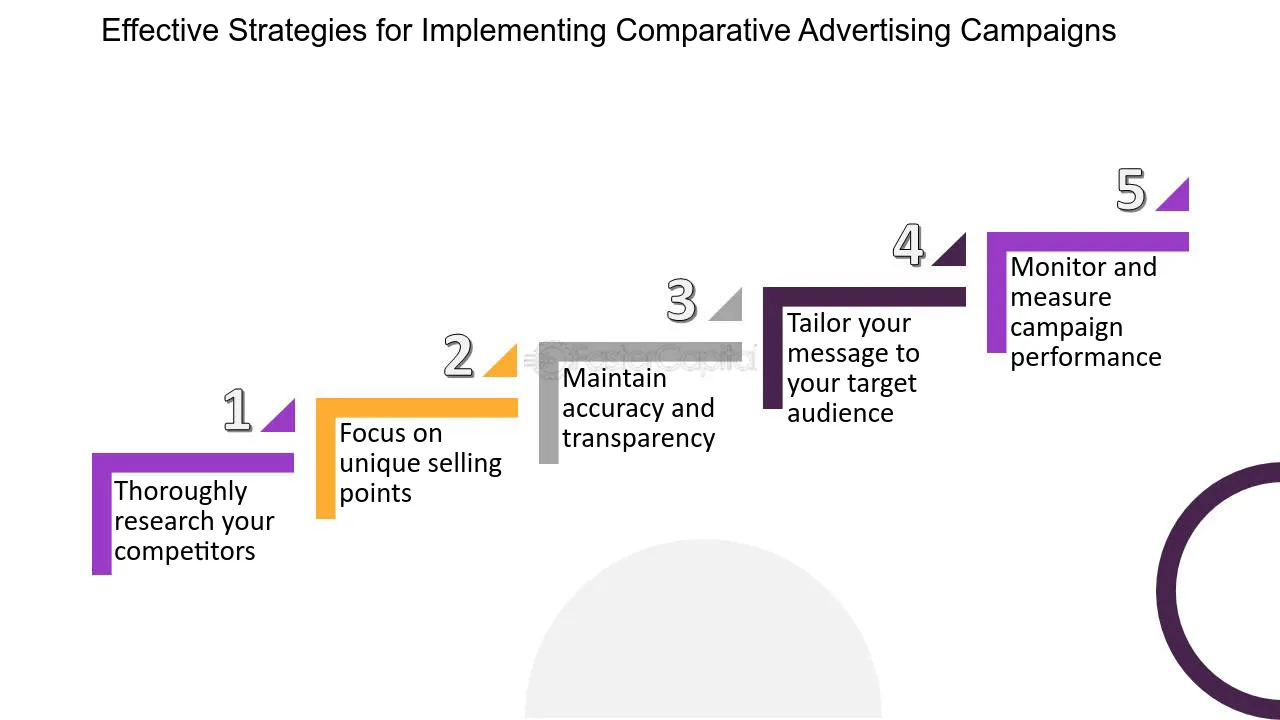
Additionally, consistently appearing in PLAs for relevant search queries helps build brand recognition and trust. Over time, customers come to associate your brand with the products they are searching for, which can influence their purchasing decisions.
Lastly, PLAs offer the ability to use custom labels in your product feeds, allowing you to segment products based on various criteria (like profitability, seasonality, or inventory level).
This granular control helps you allocate your budget more effectively by placing higher bids on high-margin or fast-selling products.
8. Delivers In-depth Insights and Analytics
Advertising platforms provide detailed analytics and performance metrics for your PLAs. These metrics include impressions, clicks, click-through rates (CTR), cost per click (CPC), conversion rates, and return on ad spend (ROAS).
With the granular level of insight PLA delivers, you can see which specific products are generating the most clicks, conversions, and revenue, as well as which products are underperforming.
This allows you to refine your campaigns, optimize product feeds, and adjust bidding strategies for better results.
For instance, a low CTR might indicate the need for better product image sizes, or more compelling product titles, while a high CPC could suggest the need for bid adjustments.
Finally, PLAs also offer benchmarking data that allows you to compare your performance against industry averages and competitors. Metrics such as impression share, overlap rate, and outranking share provide insights into how your ads are performing relative to competitors’ ads.
9. Helps to Maximize Your Outreach
PLAs automatically include your products in Google Shopping, a dedicated shopping search engine that collects product listings from various retailers. Google Shopping’s broad user base and product-focused search engine make it a powerful platform for expanding your reach to high-intent shoppers.
Additionally, PLAs are not limited to just Google Shopping; they also appear on other Google properties, such as YouTube, Play store and the Display Network, as well as on social media platforms like Facebook and Instagram. This broadens your reach and exposes your products to a wider audience.
PLAs are also optimized for both mobile and desktop devices, ensuring that your ads are visible to users regardless of how they access the internet. With the growing number of consumers shopping on mobile devices, PLAs help you capture this audience segment effectively.
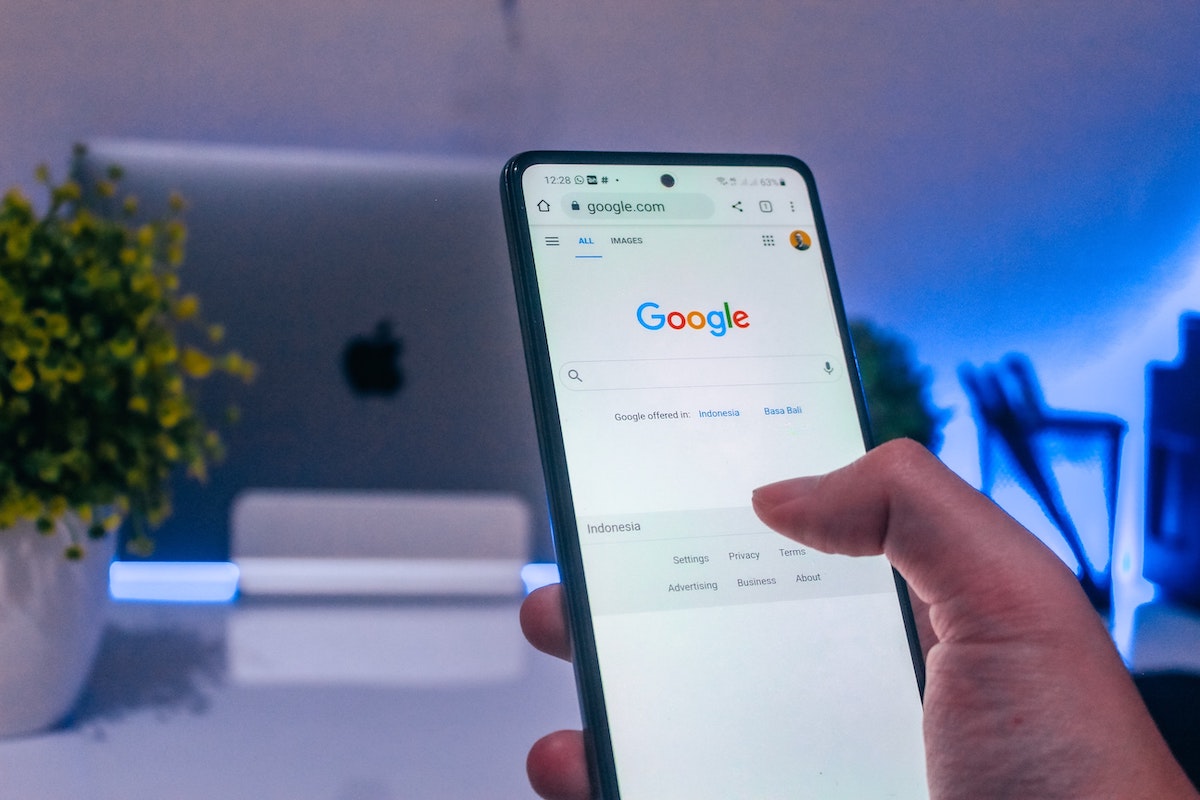
For businesses with physical locations, PLAs can also be integrated with Local Inventory Ads (LIAs) to display products that are available for purchase in nearby stores.
When users search for a product, they can see that it is available at a store nearby, along with directions, store hours, and other relevant information.
This integration helps you reach local customers who prefer to buy in-store, expanding your reach beyond just online shoppers and driving foot traffic to your physical locations.
10. Develops and Boosts Brand Awareness
The more frequently users see your brand in their search results or while browsing online, the more familiar they become with your brand. PLAs capitalize on the power of repetition, ensuring that your products and brand name appear regularly in front of potential customers.
As I’ve mentioned earlier, PLAs are shown across Google’s delivery network across multiple devices and marketing channels, making sure you can show your product ads to users as they browse their favorite websites or watch videos, even when they are not actively searching for products.
This consistent exposure through PLAs can help build brand recognition and trust among your target audience.
Disadvantages of Product Listing Ads
So much for the Pros. Now, let’s talk about the Cons of using PLAs for your WooCommerce store.
While Product Listing Ads (PLAs) offer numerous benefits, there are also several disadvantages that WooCommerce store owners like you should consider before utilizing them.
Let’s look at the key concerns:
1. Cost Implications
First, let’s talk about the costing. PLAs operate on a cost-per-click (CPC) model, where you pay each time someone clicks on your ad. In highly competitive markets, the CPC for PLAs can be quite high, particularly for popular products, categories or keywords.
This can quickly eat into your advertising budget, especially if you’re not seeing a strong return on investment (ROI). For small businesses or those with limited marketing budgets, the high cost of PLAs might not be sustainable, making it difficult to justify the spend.
Additionally, as PLAs are tied to competitive bidding, your ad spend can be unpredictable. During peak shopping seasons or when bidding wars occur, the cost of maintaining visibility with PLAs can skyrocket.
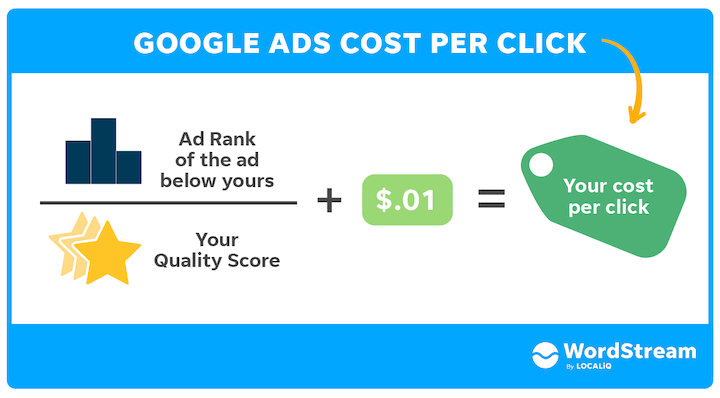
This unpredictability makes it challenging for WooCommerce owners to budget effectively, leading to potential overspending. Some platforms may also have minimum ad spend thresholds, which can be challenging for smaller businesses.
Lastly, if your products have low profit margins, the cost of running PLA campaigns may outweigh the benefits. When margins are tight, even a small increase in ad costs can erode profitability.
For businesses selling low-cost items or products with slim margins, the high cost-per-click associated with PLAs might not always be feasible.
2. Complex Setup and Maintenance
Next comes the complex setup and the requirement for ongoing maintenance. Unlike traditional text ads, PLAs require optimized product data feeds that must be accurately formatted and regularly updated to meet the requirements of platforms like Google Merchant Center.
This can be time-consuming and technically challenging, especially if you work with a large inventory. Additionally, PLAs require ongoing maintenance, including regular updates to product information, monitoring of ad performance, and continuous optimization to stay competitive.
For WooCommerce owners who lack the technical expertise or resources to manage these tasks, the complexity and effort involved can be overwhelming, making PLAs a lesser attractive option.
3. Higher Competition
High competition is another significant challenge for WooCommerce owners utilizing Product Listing Ads (PLAs).
As PLAs have become increasingly popular among eCommerce businesses, the competition for prime ad placements and high-performing keywords has also intensified, especially in highly saturated markets or for popular product categories.
This competition can drive up costs and make it difficult for smaller stores to compete with larger retailers who have more substantial advertising budgets.
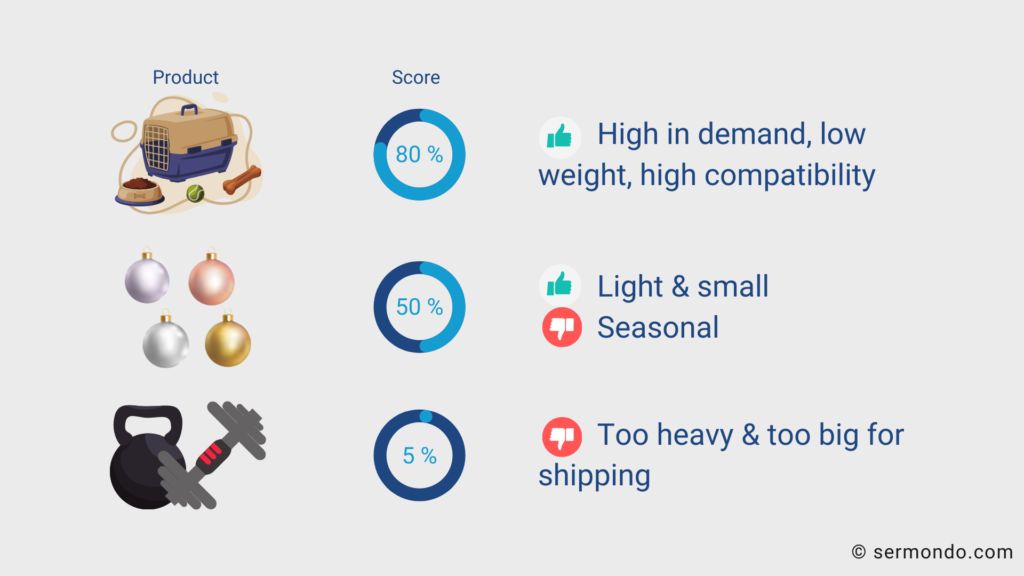
Furthermore, the competitive environment means that WooCommerce owners need to invest more in their campaigns—not just in terms of higher bids but also in creating compelling product listings, optimizing bids, and continuously monitoring performance.
For businesses without the resources to keep up with this level of competition, PLAs may not provide the desired return on investment, making it challenging to justify the costs and effort involved.
4. Risk of Click Fraud
Click fraud, where competitors, automated bots, or malicious actors click on ads with no intention of purchasing, can be a significant issue for running a PLA campaign. This fraudulent activity can inflate advertising costs without delivering any value, leading to wasted budget and resources.
When fraudulent clicks consume your budget, you end up paying for traffic that has no chance of converting into sales. This not only wastes your ad spend but also reduces the overall effectiveness of your PLA campaigns.
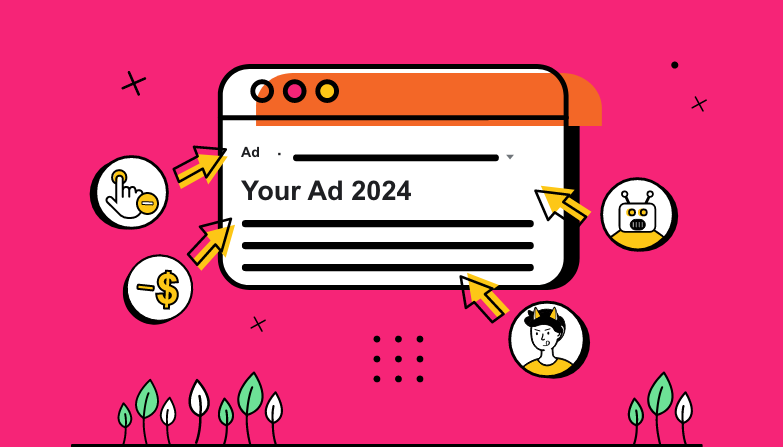
Click fraud can also skew your campaign metrics, making it difficult to accurately assess the performance of your ads. Inflated click numbers can give the false impression that your campaigns are performing well, when in reality, these clicks aren’t driving meaningful engagement or sales.
Given these disadvantages, you’ll need to carefully weigh the potential drawbacks against the benefits before deciding to invest in Product Listing Ads.
For some, the costs, complexities, and competitive pressures may outweigh the advantages, making alternative marketing strategies more suitable for their business needs.
How to Set Up Google Product Listing Ads
So far, we’ve discussed how PLAs can help you achieve your desired result. Now, it’s time to dive deeper and explore the steps involved in setting up a product listing ad campaign from scratch.
Setting up a Product Listing Ads (PLA) campaign for your WooCommerce store involves several key steps. Today, we will discuss how you can set up a PLA campaign on Google, as it is the most popular marketing platform.
Here’s a step-by-step guide to help you get started with Google product listing ads:
Step 1: Set Up a Google Merchant Center Account
The first step to create a Product Listing Ad (PLA) Campaign is to set up a Google Merchant Center (GMC) Account, if you don’t already have one. This is the platform where you’ll manage your product data feed.
Here is how you can do it:
- Visit GMC’s Homepage and sign up for an account using your Google credentials. If you don’t have a GMC account, click on the ‘Sign up for Free’ button.
2. In the next step, Google will ask you to provide some vital business information. Including things like:
- Business name and address
- Your business country (Where your business is located)
- Contact Details
- Your local time zone
3. Now you need to verify and claim your WooCommerce store’s website. Google provides several methods for verification. Pick one that suites you the most.
4. Next, you’ll need to set up the shipping information for your business. This includes the country you want to ship to, your product list, delivery time and associated costs.
5. After that comes the sales Tax. Google offers a tax setup suggestion based on your business location. You can also set your tax information up manually.
And that’s about it. Now, your Google Merchant Center account is up and running. The next step is to submit your product information to your GMC account.
You can do that manually one by one or use a dedicated product feed plugin to generate a product feed for you automatically.
Pro Tip: Use Google Tag Manager for website verification. It’s a quick and efficient method that also allows you to manage all your tags in one place.
Let’s explore the easiest way to create and upload your product feed using CTX Feed, the most widely used WooCommerce product feed management plugin across the globe.
Step 2: Create and Upload Your Product Feed
Your product feed is a file that contains all the necessary product information, such as titles, descriptions, prices, and images.
Product data feeds are really helpful and they can be used to upload, show, and sell your products on various marketing platforms. This is what a standard product feed looks like:
Here’s the easiest way to generate unlimited product feed for your WooCommerce store using CTX Feed:
1. The first thing you need to do is to install and activate the plugin. To do that, from your WordPress Dashboard go to “Plugins > Add New Plugin”.
2. In the search bar, search for ‘CTX Feed’.
3. When the plugin comes at the top, click on the upper right-side button to install and then activate the plugin.
4. To create your first product feed, access the plugin settings by navigating to “CTX Feed” on the left-hand menu from your WordPress admin dashboard. And then click on “Make Feed”.
5. In the next window, name your product feed. Also, select your target country, template, and feed type.
6. Once you select your template, it will automatically generate the required attributes for you below. Double check all the necessary attributes.
7. Once you’re satisfied, scroll down and select ‘Update and Generate Feed’. This will finalize and generate your feed.
Don’t forget to include essential product attributes like title, description, images, price, availability, GTIN (if applicable), and product category. Also, optimize your product titles and descriptions with relevant keywords to improve visibility.
Once your feed is ready, simply upload it to Google Merchant Center. You can choose to upload manually, schedule regular uploads, or use a URL to fetch the feed automatically.
Google will take a little time to verify all the information and approve your feed.
Pro Tip: Keep your product titles clear, optimized, and descriptive. Also, regularly update your product feed to reflect changes in inventory, pricing, or product information.
Once approved, you’ll be able to create product listing ad campaigns using those optimized and approved product feeds.
Step 3: Link Google Merchant Center with Google Ads
The next step is to connect your Google Merchant Center account with your Google Ads account. If you already have one, you can connect it with your GMC account in just a few clicks. If you don’t have any, here’s how to create one and link it with your Merchant Center account:
- Visit Google Ads homepage and create a free account by clicking “Start Now.”
- Google will verify that you’re using the correct account to create ads. Select, “New Google Ads Account” and move forward.
- After that, enter your business name, and click “Next”. On the next page, enter your website URL, and move forward.
- Next, you’ll be asked to check the preview of your website in both mobile and desktop versions. Once you are satisfied, move onto the next page.
- From your Google Merchant Center dashboard, click on ‘Ad Campaigns’ on the left-hand side.
- Next, look for the ‘Link to Google Ads’ option on the right side and click ‘Link’.
- Next, you’ll see a page where you can add your Google Ads account. Select your desired Ads account and click on the ‘Link Account’ button below.
Pro Tip: Use the same Google account for both Merchant Center and Google Ads to simplify the linking process and avoid potential issues with data syncing.
See? That wasn’t so hard. Now your GMC and GA accounts are linked together, and you can create as many ad campaigns as you want.
If you want to know more, please visit our blog section where you’ll find in-depth tutorials on how to optimize your WooCommerce business. Here’s a video guide for those who prefer a more hands on approach:
Step 4: Create a PLA Campaign in Google Ads
All done with the prerequisites. Now, it’s time for the real deal: to create your very first PLA campaign. Here’s the easiest way to create a Product Listing Ad campaign from scratch:
- Log in to your Google Ads account and select “New Campaign” from the main dashboard. Also, you can click on the “+” button.
- It will take you to a page. Choose “Sales” as your goal, and then select “Shopping” as the campaign type.
- Next, Choose the Merchant Center account you linked earlier, and then choose between two subtypes of shopping or product listing ads:
- Standard Shopping: provides more control over targeting, bidding, and ad creation.
- Performance Max Campaign: lets you create automated ads that use smart bidding to help you drive better conversions across Search, YouTube, Gmail, and more.
- For our purpose, let’s go with the standard shopping experience. In the next page, Name your campaign and move onto the configuration page.
- Here, you’ll need to set your bidding strategy. You can start with “Manual CPC” for more control, or use “Maximize Clicks” to let Google optimize bids for the most clicks.
- You’ll also need to set a daily budget, and the priority of your PLA campaign. As we’re creating just one campaign, keep the priority value as the default “low” option. Use the Priority Settings to manage multiple campaigns targeting the same products.
- Next comes the targeting section. Here, you’ll decide where you want your PLAs to be displayed. This includes Google’s platform, your preferred device, location, and the duration of your campaign.
- Lastly, you’ll also need to organize your products into different ad groups. Ad groups in Shopping campaigns are based on product groups rather than keywords.
By default, all products are included in one group. However, you can create separate groups based on categories, brands, or other attributes. Create product groups within each ad group to further refine your targeting.
Also, start with a broad campaign to gather data and refine your targeting later.
Pro Tip: Start with a smaller budget and gradually increase it as you analyze performance. This helps you avoid overspending.
Remember, it’s important to assign different bids to each product group based on their importance and profitability. Higher bids can be set for products with better profit margins or higher conversion rates.
The last thing to do here is to publish your first PLA campaign. Double-check every configuration, review the ad, and once you are satisfied with everything, click on the “Create Campaign” button.
Step 5: Monitor and Optimize Your Campaign
However, our work isn’t over yet. We’ll also need to track the performance of our PLA campaign on a regular basis so we can optimize it for the optimum result.
You can use both Google Merchant Center and Google Ads’ reporting tools to monitor the performance of your PLA campaign. Key metrics to watch include clicks, impressions, CTR, ROAS, CPC, and conversion rates.
Also, regularly update your product feed with accurate and detailed information. Optimize titles, descriptions, and images to improve ad relevance and performance.
Use negative keywords to exclude irrelevant search terms and improve ad relevance.

Based on performance data, adjust your bids and budgets to focus on high-performing products. You can also experiment with different bidding strategies as you gather more data. Use A/B testing to experiment with different product titles, images, and bidding strategies.
Additionally, you can create remarketing feeds/lists to target users who have previously interacted with your store. This helps re-engage potential customers who didn’t convert on their first visit.
Pro Tip: Set up custom labels in your product feed to group products by profitability, seasonal trends, or inventory levels. This allows for more granular bid adjustments and campaign optimization.
Lastly, Google Ads’ audience targeting features can also help reach specific customer segments based on demographics, interests, or shopping behavior. Don’t forget to regularly test different ad variations and bidding strategies to optimize your campaign’s effectiveness.
If you want to learn more about how to properly use Google Ads, here’s an in-depth video tutorial for you:
Five Google Product Listing Ad PRO Tips for the Optimum Result
Congratulations! Now you know why and how you can set up PLAs for increasing your product visibility and reaching new audiences.
However, as running PLAs is a bit technical, properly optimizing PLA campaigns is crucial. It can both make or break your marketing strategy. With the right strategies, you can ensure that your products stand out in competitive markets and reach the right audience.
So here are a few actionable tips you can follow to get the most out of your Product Listing Ads regardless of the platform you are using:
1. Craft Compelling Product Title And Descriptions:
Use clear, descriptive, and keyword-rich product titles/descriptions that accurately represent your products. Keep them concise, informative, and captivating to grab attention quickly and for longer.
Focus on the most important product attributes like brand, model, color, material, and size. Long-tail keywords, which are more specific phrases, can help your products appear in more targeted searches.
For example, instead of just “running shoes,” a title like “Men’s Lightweight Running Shoes with Arch Support” can capture more precise search intent.
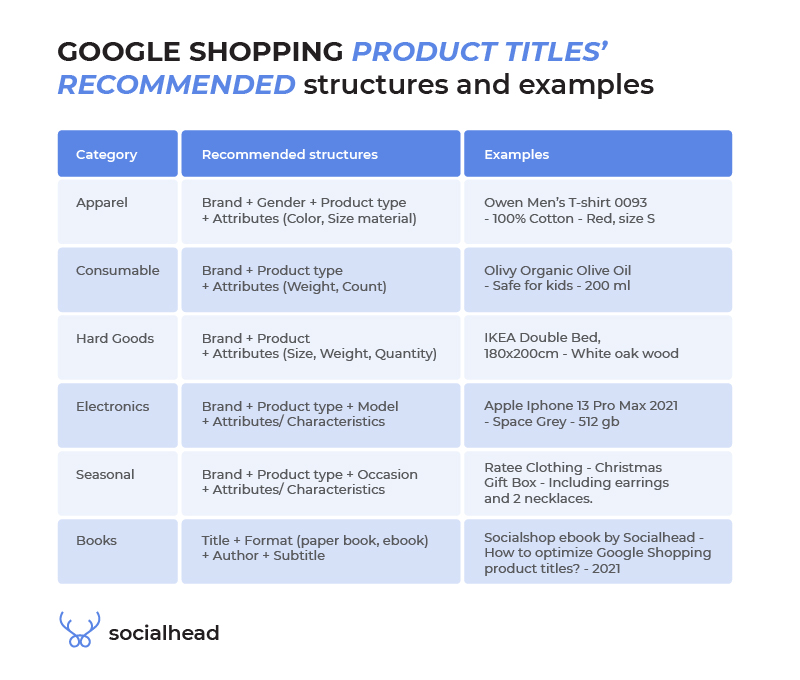
Remember, while the title provides a snapshot, the description should offer more detailed information. Highlight specific benefits, materials, usage scenarios, or any certifications (e.g., organic, eco-friendly) that set your product apart.
2. Leverage High-Quality Images:
PLAs greatly depend on the visual aspect. So, it’s important to use sharp, well-lit and professional-looking images that showcase the product from the best angles. You can also Incorporate relevant images and screenshots to enhance visual appeal.
Ensure that your images are consistent in quality and style across all your product listings. Consistency in your visual presentation helps build brand recognition and trust, which are key factors in driving conversions.
Additionally, consider using multiple or dynamic images where supported. Lastly, ensure that the images you use comply with the platform’s (In this case, Google’s) guidelines for size and quality.
3. Optimize Your Product Feed:
As I’ve mentioned earlier, product feeds are the lifeblood of your PLA campaigns. It’s crucial to regularly update your product feed to ensure accuracy in pricing, availability, and product details.
Include additional attributes like GTINs (Global Trade Item Numbers), MPNs (Manufacturer Part Numbers), and detailed product types when applicable.
Using a dedicated product feed plugin like CTX Feed can help you reduce manual effort and errors, increasing your chance to get noticed.
Remember, while it’s important to be specific, avoiding over-complicating your categorization is also crucial for ensuring optimum performance. Use broad categories following Google’s taxonomy to ensure your products are shown to a wider audience.
4. Implement Competitive Pricing and Promotions:
Regularly monitor the prices of your competitors, particularly those who appear in the same PLA listings. This can help you stay competitive in real-time, ensuring that your prices are always optimized for the current market situation.
You can also leverage dynamic pricing strategies and tools that automatically adjust your prices based on market conditions, competitor pricing, and demand.
Additionally, highlight discounts and special offers directly in your PLAs to attract price-sensitive, and seasonal shoppers.
For instance, during peak shopping seasons or sales events, you might lower prices to attract more buyers, while in off-peak times, you could raise prices slightly to maintain profitability.
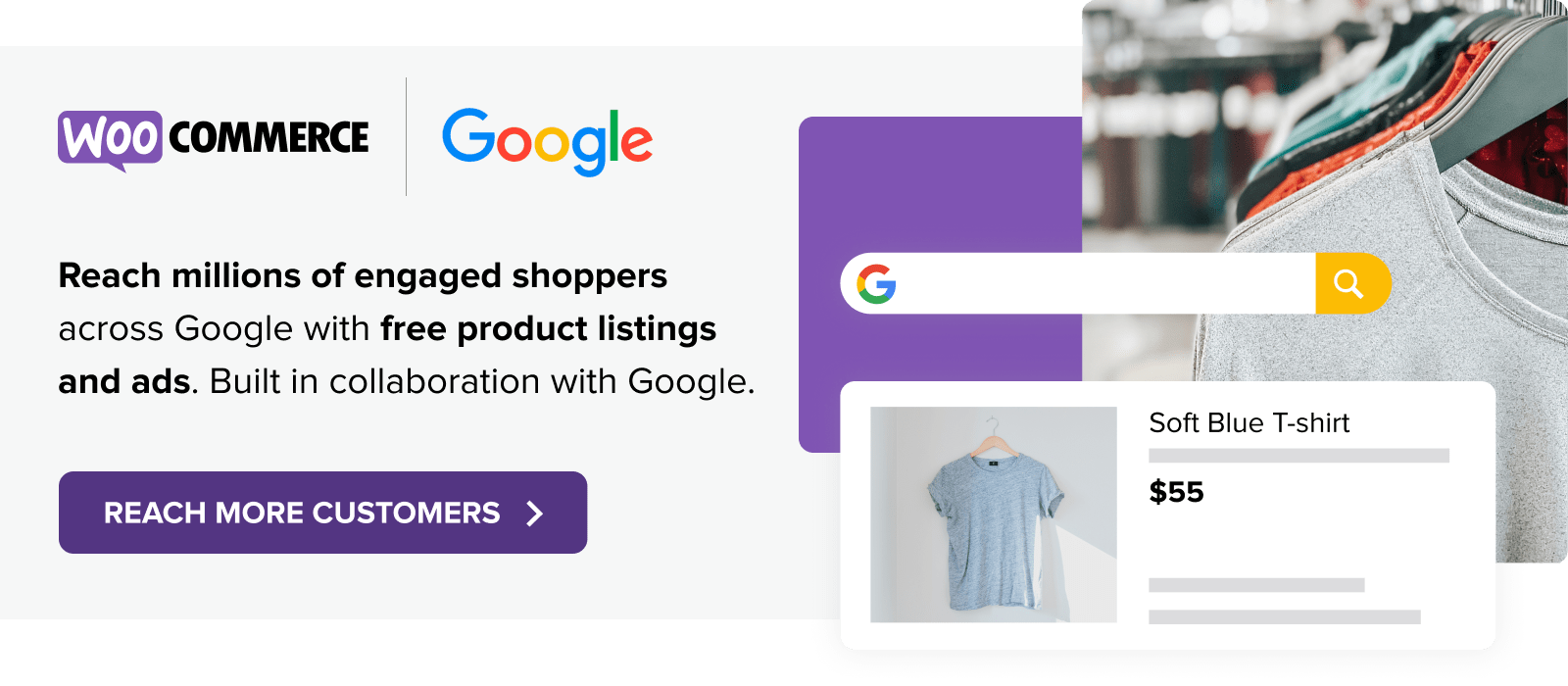
Also, integrate promotional extensions, such as free shipping or limited-time conditional discounts, into your PLAs. Highlighting seasonal offers or clearance sales to drive more clicks and conversions.
A small tip, use percentage-based discounts if your product costs less than $1000, and clearly showcase the amount when the price gets higher than $1000.
Why? Because A $200 discount on a $1000 laptop seems more attractive than 20% off, although both are basically the same.
We also have an in-depth article on Google PLA optimization tips if you’re interested to know more.
4. Utilize Custom Labels for Better Targeting:
Labels help organize your inventory and your ad campaigns effectively. Use custom labels in your product feed to group products by profitability, seasonality, or performance. Tailor your bidding strategy based on these groups to maximize ROI.
For example, label your top-selling products so you can prioritize their promotion in your PLA campaigns.
These products are likely to have higher conversion rates, so it makes sense to invest more in them. Conversely, set lower bids or limit exposure for lower-margin items to avoid overspending.
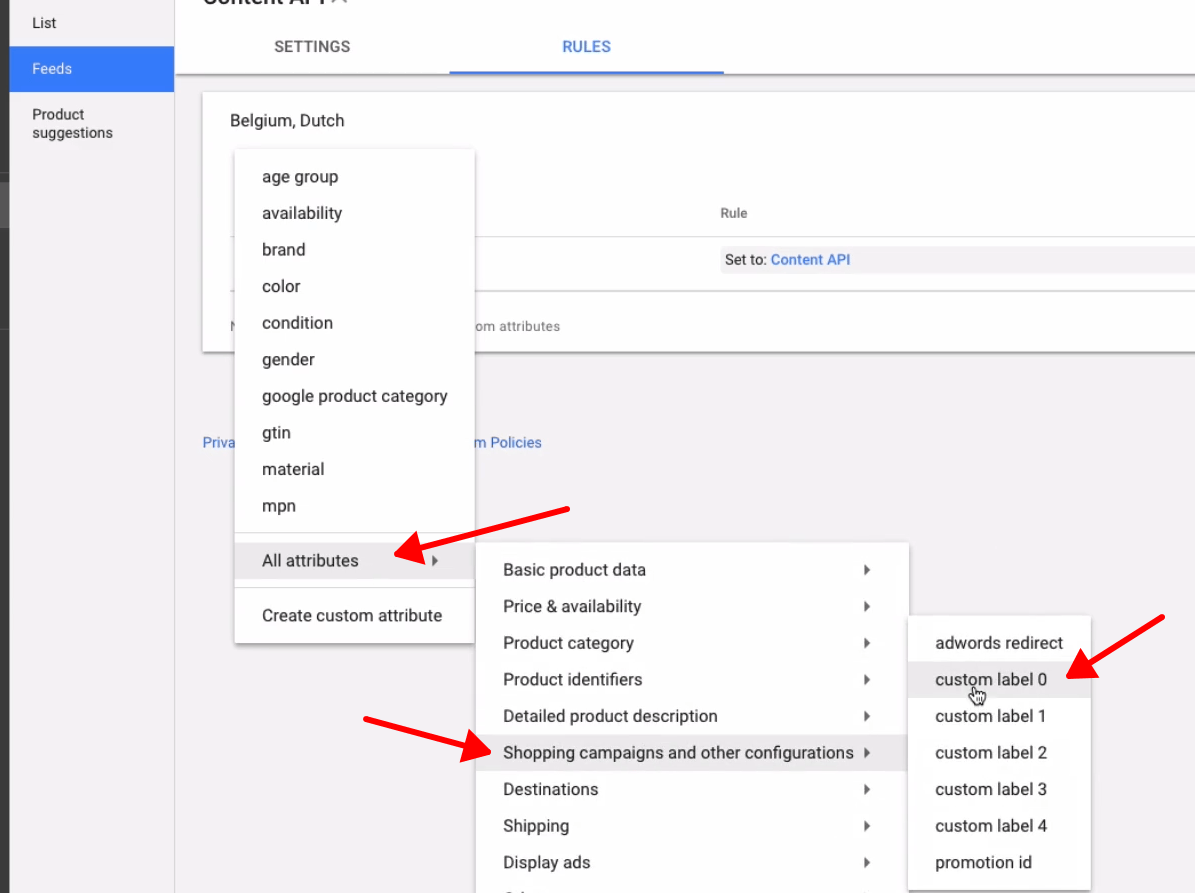
Once your products are segmented by custom labels, you can apply different bidding strategies for each group.
You can also use custom labels to test different bidding strategies and track their performance. Over time, you’ll be able to refine your approach based on which strategies deliver the best results.
Bonus: Google Shopping Vs Product Listing Ads
Many people often mention Google Shopping and Product Listing Ads (PLAs) together, but it’s important to understand the distinctions between the two and how they interact to form a cohesive eCommerce strategy.
To put it bluntly, Google Shopping is a Comparison Shopping Engine (CSE) where users can browse, compare, and purchase products directly from the search results. This includes both organic (Free) and paid product listings on Google shopping.
On the other hand, Product Listing Ads (PLAs) are the advertising units that appear within Google Shopping results, as well as on the main Google search engine results pages (SERP).
Keep in mind, although product listings are free, there is no guarantee that your products will secure Google’s spotlight.
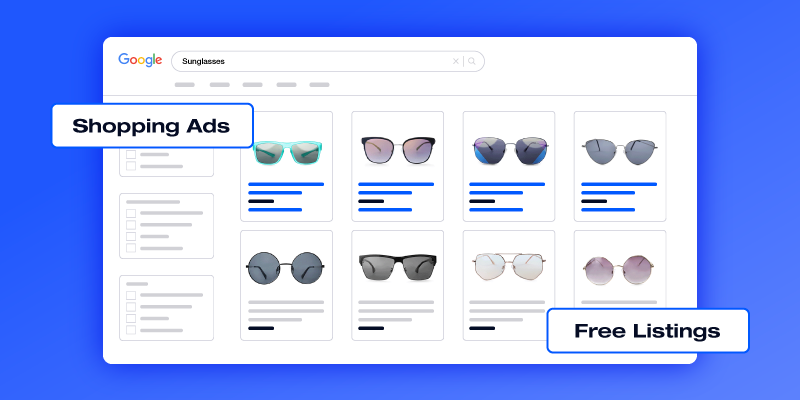
Google Shopping and PLAs are intrinsically linked. To have your products appear in Google Shopping, you typically need to run PLA campaigns. When you create a PLA campaign, your products are eligible to appear both in the Google Shopping tab and within the standard Google search results (Free).
Google Shopping serves as the platform where users can explore and compare products, while PLAs are the visual ads that capture attention and drive clicks.
Together, they work to maximize your product’s visibility and reach, targeting users across different stages of their shopping journey. In a nutshell, here are the key differences between Google Shopping and Product Listing Ads:
| Key Differences | Google Shopping | PLA Product Listing Ads |
| Cost | Free | Depends on the Competition |
| Visibility Type | Organic | Paid |
| Control | Less | More |
| Targeting | Generic | Highly Targeted |
Over to You: Product Listing Ads to Elevate Your E-Commerce Strategy
Congratulations again! You have now equipped yourself with all the basic information required to set up and launch Product Listing Ad Campaigns and increase your product visibility beyond traditional text-based search engine ads.
Product Listing Ads (PLAs) offer WooCommerce owners a powerful way to enhance visibility, drive qualified traffic, and ultimately, boost sales.
While PLAs present some challenges—such as high competition, complex setup, and potential costs—the right strategies in place can help manage these effectively.
At the core, our purpose is to empower WooCommerce store owners with the knowledge and tools they need to maximize their advertising efforts.
In the digital marketplace, visibility is crucial. We believe that with the right approach, PLAs can be a game-changer for your business, driving not just sales, but long-term growth and brand recognition.
Thank you for taking your time to read this far. Please feel free to share your thoughts and opinions in the comment section below.
Ready to take your eCommerce strategy to the next level?
If you want more in-depth articles on how to level up your WooCommerce business or need professional support, don’t hesitate to approach us. We’re here to help your business grow and thrive in this competitive world of online commerce.
Don’t miss the opportunity to elevate your brand and dominate your market with expertly crafted PLAs. Let’s grow together — one optimized ad at a time.
